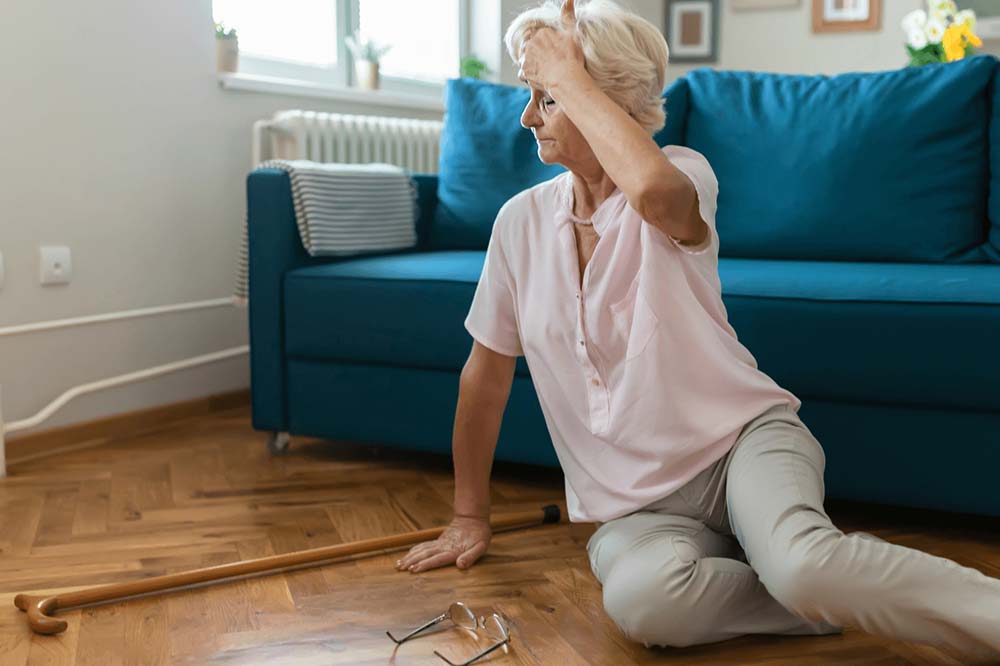Table of Contents
Epilepsy is not a very common condition. Only around one in a hundred people has it.
Three to five of these have photosensitive epilepsy. This is a type of epilepsy which is more common in children 7 to 19 years old and is less commonly diagnosed after 20 years old.
Research on epilepsy has shown that 59-75 % of females are more affected by the condition. In theory, males usually have more convulsions, which is attributed to their increased video game time.
What is Photosensitive Epilepsy
The major photosensitive epilepsy symptom is a seizure caused by any flashing or flickering of light. Photosensitive epilepsy can come very subtly, as other people wouldn’t know they have it until they experience their first seizure. People with this condition typically have what’s referred to as a “general-tonic-cloning seizure,” also known as a convulsive seizure.
Though it doesn’t last more than 5 minutes, the symptoms often are:
- Unconsciousness
- Muscle contraction or Body stiffness
- Crying out of patients
- Changes in breathing pattern
- Tongue biting of the patient
- Alternating jerking and relaxing body movements
- Bladder control loss
After the end, of the seizure, when the patient regains consciousness, she or he may feel the following:
- Confusion
- Fatigue
- Temporary memory loss
- Headache
- Soreness
Though recovery time varies, some people immediately return to normal activity immediately after, while others need more rest.
What Causes Photosensitive Epilepsy
Though there are still unidentifiable triggers for photosensitive epilepsy here are some that are either proven or strongly attributed as triggers:
- Computer monitors or TV screens – as both show flickering pixels and images in them.
- Specific TV or video games that have rapid flashes or alternating patterns of different colors.
- Strobe lights with intense hue, and even emergency lights.
- Natural light that’s passing through something moving like leaves on trees or Venetian blinds.
- Specific images with contrasts or exaggerated striking patterns.
- In some people’s observation, flashing lights on buses or moving emergency vehicles can be triggers too
It is important to note that not everyone is triggered by everything mentioned above.
People have different triggers with regard to their light sensitivity. With the aforementioned triggers it is important to note the following things, so you can test what these triggers you. Observe:
- Speed or frequency of the flash of light
- Brightness of the said light
- Contrast it with background lighting
- Note the trigger’s distance from you
- If you can, observe the light’s wavelength
- Note if you are closing or opening your eye, when triggered
It is theorized that speed of light or frequency is mostly the major trigger of Photosensitive epilepsy. However, the caused seizure varies from one person to another. As a general presumption, lights that have a frequency between 5 to 30 flashes per second (Hertz) are the most triggering ones.
What To Do If Someone is Having Photosensitive Epilepsy
If you find yourself around someone who’s having a seizure, remain calm to be able to assist them appropriately as you do the following:
- Roll them on their side to help them not choke
- Cushion their head well
- Loosen buttons near their neck, and remove tight clothing that constricts breathing
- Tilt their head a bit backwards to keep their airways open
- Remove sharp objects that could hit their head during their seizure.
- Don’t put anything in their mouth (even medicine, as it might choke them)
- Stay with them till health personnel arrives
It is also important to note when to call 911.
Call 911 for the following situations:
- If the patient is pregnant or has diabetes
- If the seizure happens in water
- If the seizure lasts longer than 5 minutes
- If the patient remains unconscious even after the seizure has stopped
- If the patient stops breathing
- If there’s injury as a result of the seizure
Sadly, there is no cure for Photosensitive epilepsy.
However, here are some tips that may keep you seizure-free:
- Have plenty of rest
- Limit and avoid stress
- Stop excessive alcohol intake
- Less media exposure (especially video games)
- Avoid places with flashing lights like nightclubs, firework shows, and concerts
When at home, please observe the following:
- Watch the TV from an eight ft. distance or play a video game at least 2 feet away from the monitor
- Use LCD of flatscreens as they are flicker-free monitors
- Use a remote instead of going near the TV screen
- Reduce the screen’s brightness
- Personalize internet setting to control moving image-exposure
- Limit screen and gadget time
- Protect your eyes by wearing polarized glasses
- Know your triggers
Takeaway
Living with epilepsy can be frustrating and embarrassing as there is the major unpredictability of when the seizures occur. That is why people suffering from this condition need financial and emotional support to overcome challenging siturations.
Even though there is still no cure for this condition, you can recommend epilepsy clinical trials to loved ones with photosensitive epilepsy.

